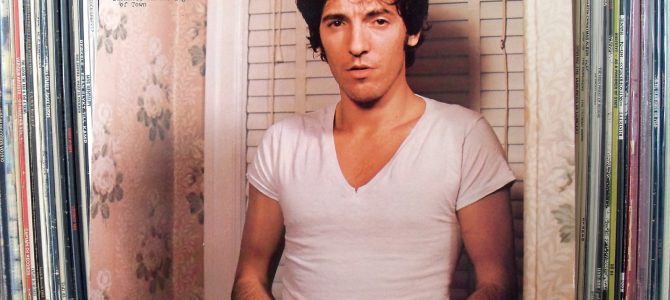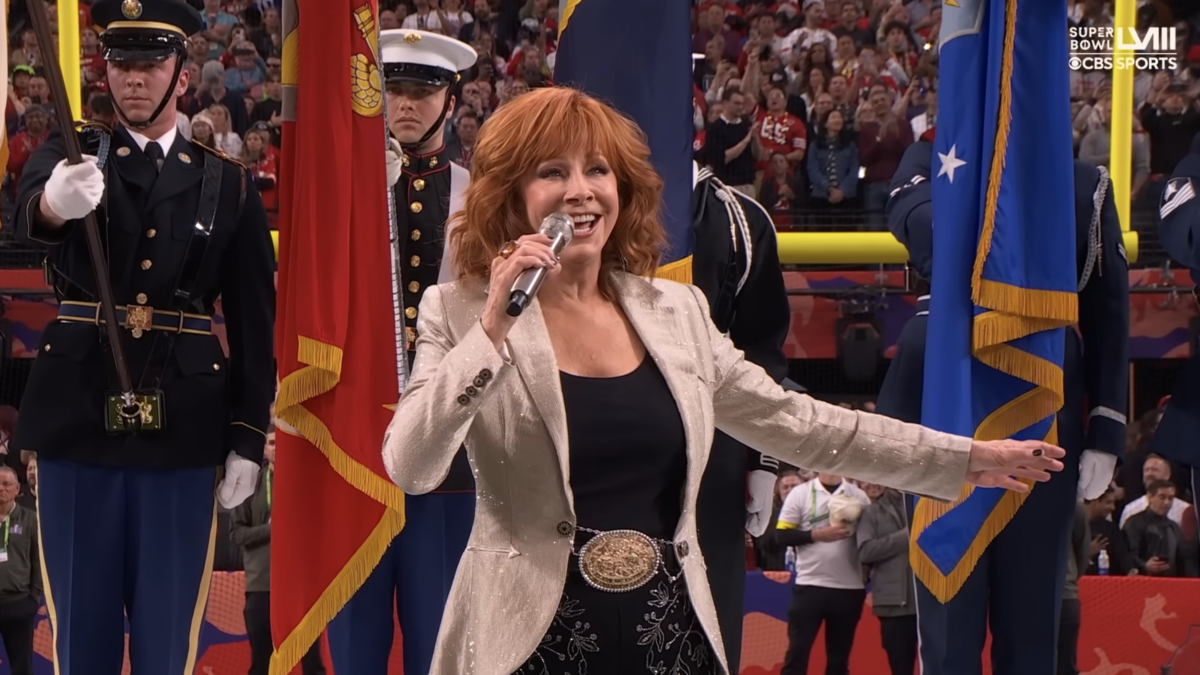
For the past 43 years, Bruce Springsteen has been regaling the world with his patented mythology that blends cars, factories, and wanderlust with a rich tapestry of community, friendship, family, and love. Yes, there are also left-of-center observations abounding, with direct references to Springsteen’s liberal forebears such as John Steinbeck, Woody Guthrie, and Pete Seeger, but also stark imagery of humanity’s triumphs and dark underbelly drawn from American cinema classics, literature, and pulp fiction.
Springsteen has covered much of this turf in lengthy interviews over the years with Musician magazine and Rolling Stone. Additionally, critic Dave Marsh appointed himself James Boswell to Springsteen’s Samuel Johnson in two detailed volumes of Boss biography. What distinguishes “Born to Run” is all the familiar tales are told solely in Springsteen’s voice for the first time, and the new information gains from a consistent, first-person narrative.
Springsteen’s mythopoeic universe directly reflects the artist’s own life, including personal struggles with what he calls the prize of hardcore depression lurking in the bottom of his family’s Cracker Jack box. The depression of Springsteen’s father that went undiagnosed until much later in his life was the primary force that his son rebelled against by growing long hair, and embracing a guitar and a gang of misfit musicians. Fortunately, years of woodshedding, an unstoppable work ethic, boundless talent as a songwriter and performer, and providential acquaintances were the four wheels he used to escape his New Jersey “town full of losers.”
Once success was firmly in his grasp, however, Springsteen also succumbed to the same demons his father had suffered. The turmoil endured by father and son provides the click track underlying “Born to Run.” Without wishing to seem callous, it’s refreshing to read a rock star’s life story devoid of drug abuse and near-death overdoses, especially within weeks of reading Barney Hoskyns’ “Small Town Talk,” in which junkie and alcoholic musicians in Woodstock, N.Y., die seemingly by the dozens throughout the 1960s and ‘70s. But the frank treatment with which Springsteen in this autobiography recounts a childhood lived under the all-pervasive oppression of his father’s malady and his own debilitating battles with depression are at times difficult to read because they are rendered in too, too real prose.
Springsteen’s Joyous Yet Gritty Early Years
Nevertheless, it’s not all tough-going in “Born to Run.” Many of the autobiographical details capture the abandonment of playing music as an escape from quotidian nightmares as well as simply playing one’s heart out just for the sheer joy it brings.
Springsteen is a rarity in the rock-music pantheon in that he always made his way through his music without nine-to-five distractions, so the details of his early bands The Castiles and Steel Mill are particularly rousing due to Springsteen’s rendering of the years playing rock and roll in the mode of The Yardbirds, The Rolling Stones, and The Animals in the New Jersey wilderness (an accompanying career-spanning album containing select recordings of these early efforts, “Chapter and Verse,” is also recommended).
Springteen’s experiences in his early bands taught him he preferred total control, and he formed his own backing band for his little hit-making factory, a nifty, tight, hard-rocking outfit that eventually evolved into The E Street Band. But make no mistake, the band served and continues to serve at the Boss’ pleasure, what Springsteen refers to as “the real world.” In other words, Bruce Springsteen is not only a heavily guarded and protected brand but a thriving corporation overseen by its chief executive officer’s steel fist.
An example: One day I had one of my musicians come to me and explain he would need more money if he were to continue doing his work. I told him if he could find a more highly paid musician at his job in the world, I would gladly up his percentage. I also told him I could spare him the time to search. All he had to do was walk into the bathroom, close the door and walk over and take a look in the mirror. There he’d find the highest-paid musician in the world at his post. I told him, ‘That’s how it works in the real world.’ He then looked straight at me and, without a trace of irony, asked, ‘What do we have to do with the real world?’ At the moment I knew I had sheltered some of my colleagues perhaps a bit too much.
The Boss also pared down the E Street Band to record his solo album, “Tunnel of Love,” believing that’s what the songs he was performing at the time required. While he ultimately toured with the entire band to support the album, he disbanded them entirely afterwards, recording and touring with a different collective for his twin albums of the 1990s, “Human Touch” and “Lucky Town.”
Ten years later, he’d reform the group for several successful recordings and tours, but rest assured the E Street Band members were left to their own financial devices when the Boss shuttered (albeit temporarily) the music factory. Some of them thrived, others not so much.
Corporate Rock for Blue-Collar Americans
What would Woody Guthrie say about all this? And how is this different from the closed factories and laid-off workers Springsteen’s songs depict? Aren’t the economic realities behind such events also “how it works in the real world”? Of course it is.
This disconnect between corporate America and corporate rock is hardly surprising when Springsteen names Howard Zinn’s “A People’s History of the United States,” Henry Steele Commager, and Guthrie as major influences on his lyrics and worldview from 1980s “The River” forward. The curse of progressivism is that it is consistently inconsistent in perceptions of how not only the economic but also the artistic world works. You may want to reconcile these two “real worlds” the next time you record another “Nebraska” or “The Ghost of Tom Joad,” Mr. CEO.
That written, the remainder of “Born to Run” entertains with details of the inspiration for many of Springsteen’s best-known works. Superlatives, for the most part, abound when describing his fellow musicians and ex-wife, however much he holds details at bay. The passages detailing Springsteen’s relationship with his parents and battling depression, however, are truly where the book shines—those and his honest assessment of his abilities, which for some might seem boastful if not for the fact he’s absolutely correct when he acknowledges he’s a flash guitarist, compelling performer, and brilliant songwriter.
This applies when he recognizes his singing voice is an Achilles’ heel when compared to the pipes of, say, Bob Seger. In “Born to Run,” however, Springsteen’s literary voice compares favorably with that of his buddies Bob Dylan and Pete Townshend, while leaving most other rock memoirists in the metaphorical rearview mirror of one of those hemi-powered drones.









